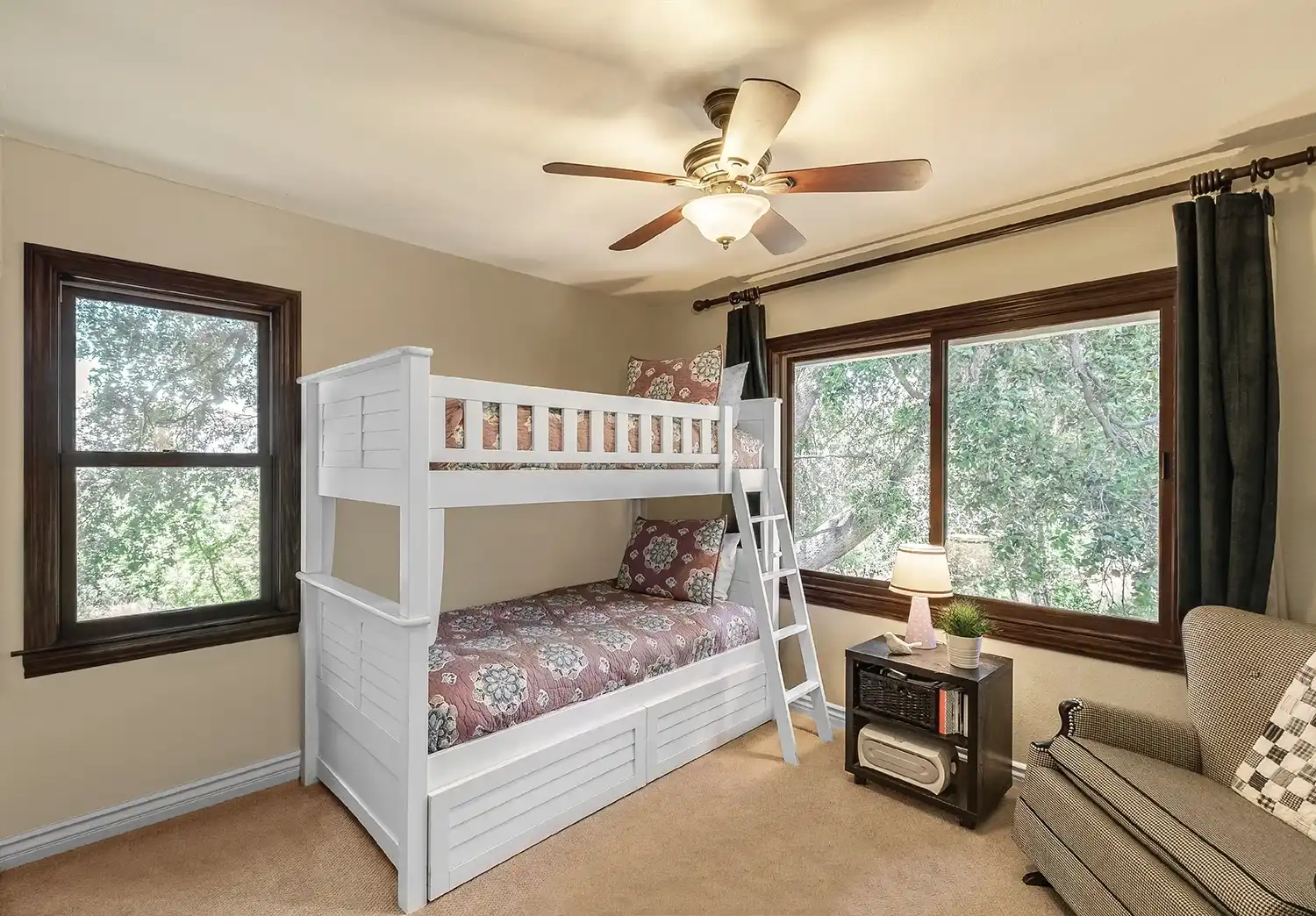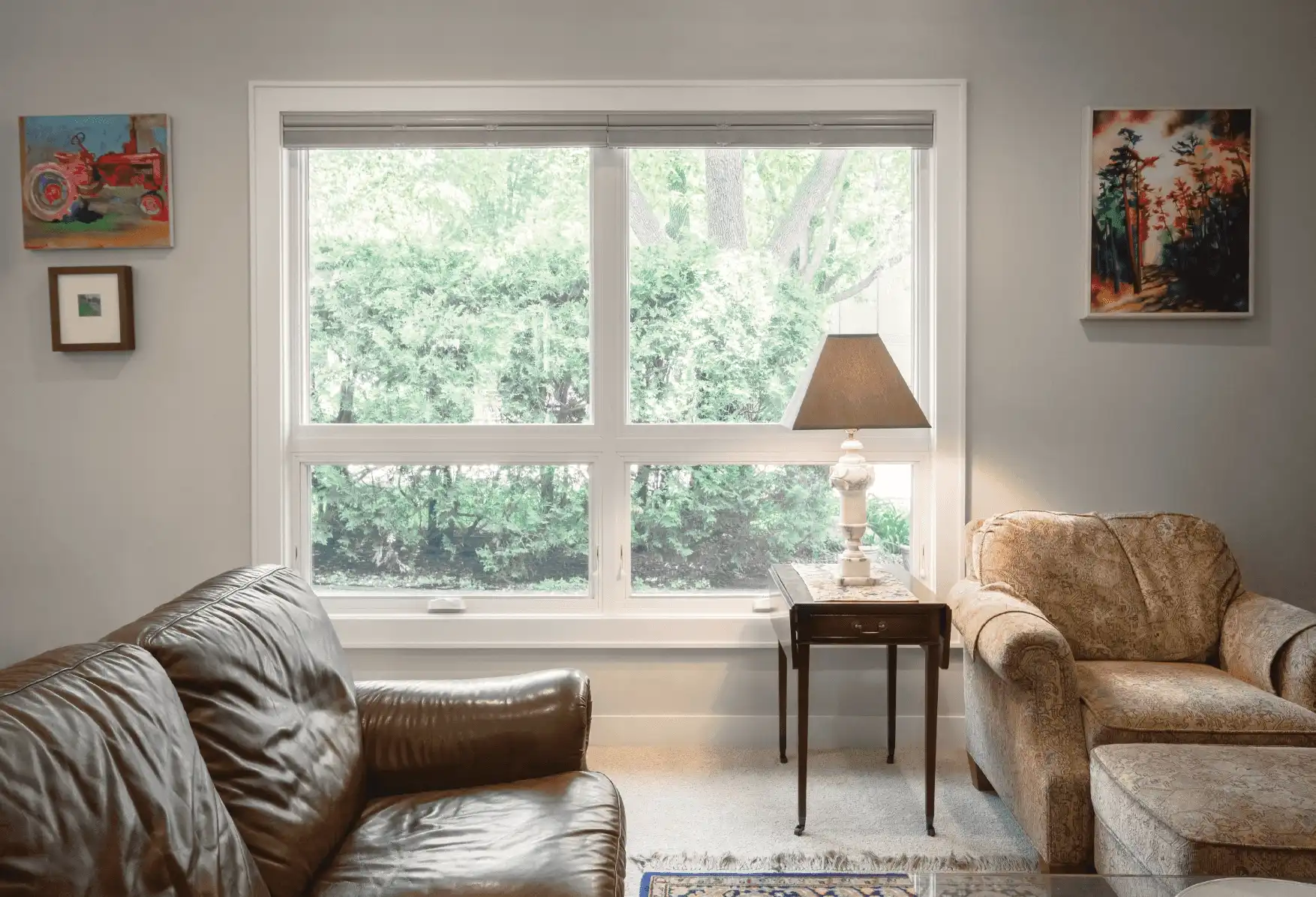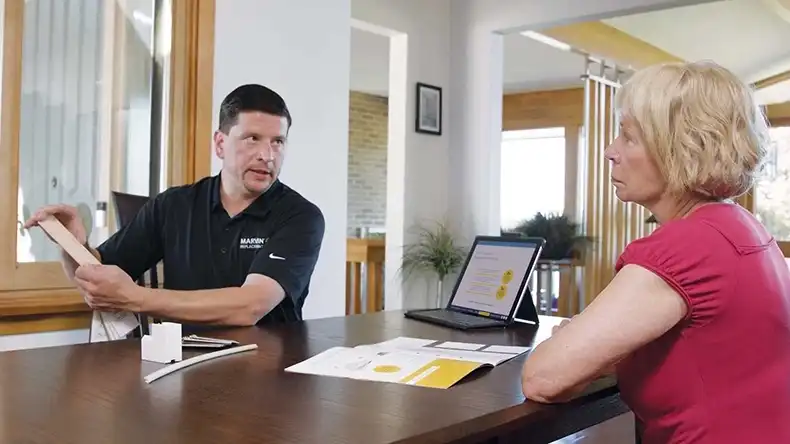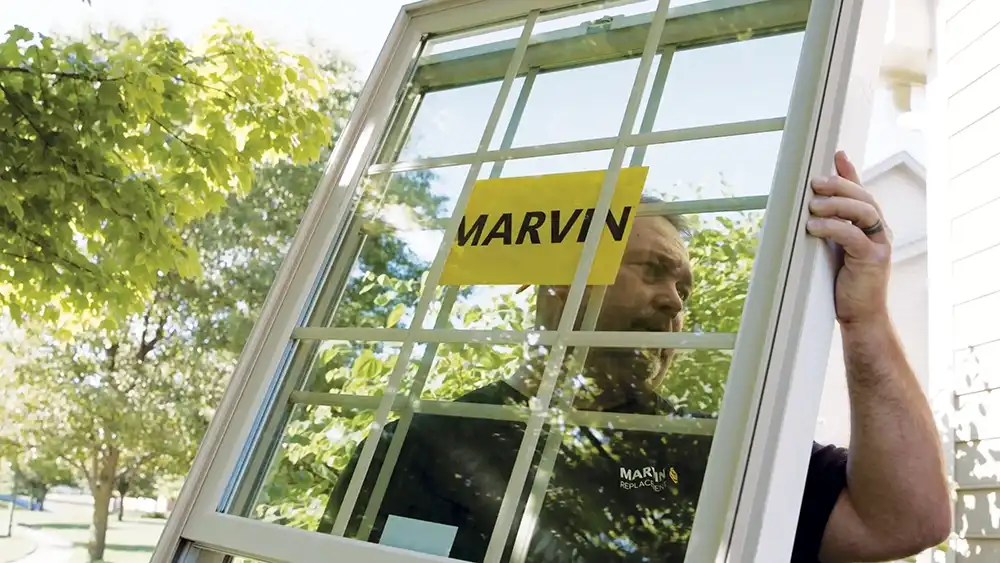
1 April 2024
What to Know About Window Safety Week
National Window Safety Week begins in the first week of April because it represents a time of year where people begin opening their windows once again.
Window Safety Week, established in 1997 by the National Safety Council and Window Safety Task Force, highlights the dangers open windows can present for small children, as well as the importance windows serve as emergency exits.
Here are the window safety tips the National Safety Council, along with the Fenestration and Glazing Industry Alliance, the Window & Door Manufacturers Association, the Screen Manufacturers Association, and the National Association of Home Builders, have developed.
Set and enforce rules about keeping children's play away from windows or patio doors. Falling through an insect screen, open window or glass can be fatal or cause serious injury.
Keep furniture—or anything children can climb—away from windows. Children may use such objects as an aid to climb to an open window and potentially fall.
Keep your windows closed and locked when young children are present. When opening windows for ventilation, open windows that a child cannot reach.
The degree of injury sustained from a window fall can be affected by the surface on which the victim falls. Plant shrubs and soft edging like grass (or place wood chips) beneath windows to potentially lessen the impact if a fall does occur.
When performing spring repairs, make sure that your windows are not painted or nailed shut. You must be able to open them to escape in an emergency.
Do not install window air conditioners in windows that may be needed for escape or rescue in an emergency. The air conditioning unit could block or impede escape through the window. Always be sure that you have at least one window in each sleeping and living area that meets local code requirements for escape and rescue.
Consider purchasing windows with window fall prevention devices such as window opening control devices (WOCDs) or window guards as a fall prevention measure. Marvin Replacement’s factory-installed WOCD devices are available for Casement, Double Hung, Glider, and Single Hung windows and comply with ASTM F2090. ASTM F2090 compliant window opening control devices (WOCDs) and guards can help prevent a child’s fall by limiting how far the window can open but are also equipped with release devices to allow for escape in case of a fire or other emergency.
Some homes may have window guards, security bars, grilles or grates already covering their windows. Those windows are useless for emergency escape and rescue if the devices on them do not have a functioning release mechanism that complies with ASTM F2090. Time is critical when escaping a fire or other emergency. Take time to update these devices to make sure they comply with industry standards and have appropriate release mechanisms.
Entry doors serve as the primary exits from a home. Windows provide a secondary (alternate) means of escape from a burning home or for other emergencies. Determine your family's emergency escape plan and practice it. Remember that children may have to rely on a window to escape in an emergency. Help them learn to safely use a window to escape from the home under these circumstances.
Learn more about National Window Safety Week by following the Window Safety Task Force on X (formerly known as Twitter) and Facebook.
Back to All Articles
You May Also Like

National Window Covering Safety Month Tips
National Window Covering Safety Month takes place each October to alert parents and caretakers to the potential hazard of corded window coverings.
Window Covering Safety Month Tips
When to Replace Your Windows
On installation day, our team of Marvin Replacement Certified Installers will arrive at your home to remove your old windows and install your new ones.
When to Replace Windows
Types of Window Glass
There are several types of window glass and options to choose. Learn how specific types of glass can benefit your home. Marvin Replacement can tailor glass options to fit your home the best.
Window Glass Types